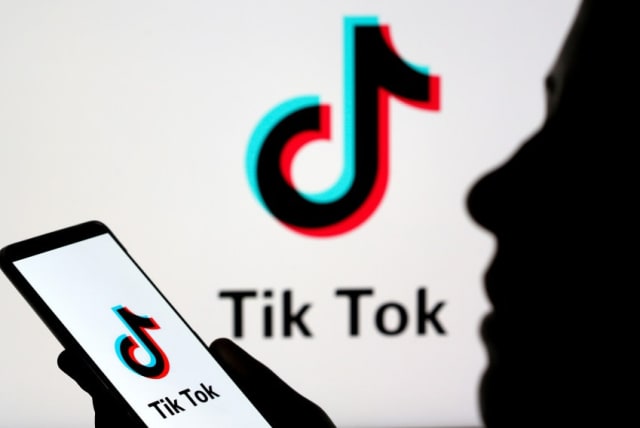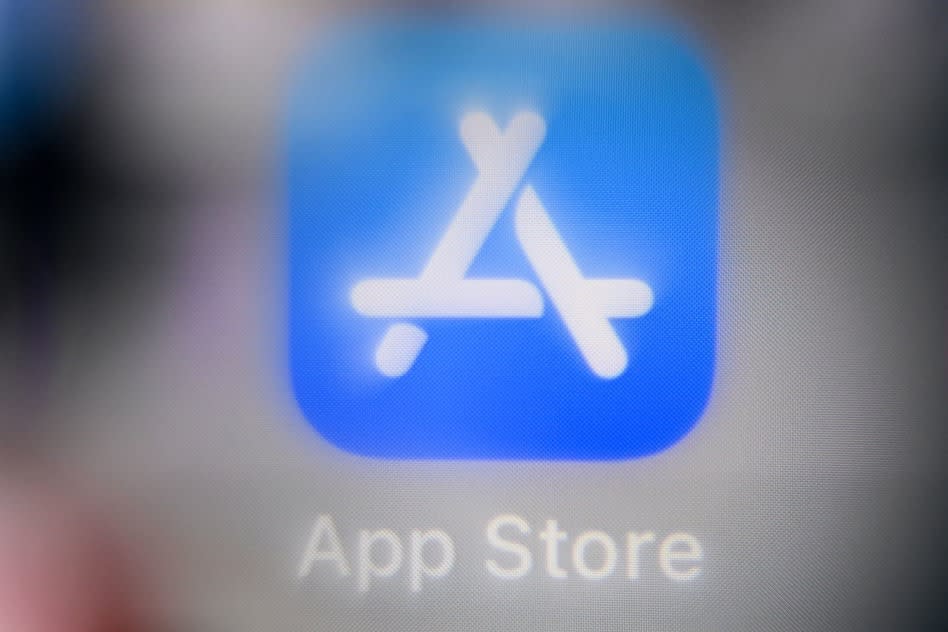Report: TikTok Developed A Competitor App For Instagram

In light of the US attempts to restrict the Chinese app TikTok, the social network is expected to soon launch a competitor app for photo sharing.
The US is trying to restrict the Chinese app TikTok, but that hasn't stopped them from continuing to develop: according to reports in recent days, ByteDance, the owner of the video sharing platform, has completed the development of a new photo sharing platform that will compete with Instagram.
The development of the app has been completed, at least for Android devices of the Chinese video sharing giant. The new platform, called TikTok Photos, will be launched soon and users will be able to synchronize posts of photos between regular TikTok and the new service. The app will also allow users to share their photo posts through a pop-up message in the regular TikTok app.
It is also claimed that posts of TikTok photos can be published in the new app without leaving the current TikTok app, adding more hours of presence on the Chinese platform and revenue. Instagram will need to prepare for a fierce competition against TikTok, which will try to bypass any potential restrictions in the US.
This week it was also reported that the Republican candidate for US presidency, Donald Trump, raised concerns about efforts to ban the Chinese social media app and said that imposing restrictions on it would strengthen Meta's Facebook platform, which he called the "people's enemy."
"Without TikTok, you might turn Facebook into a bigger platform, and I consider Facebook as the enemy of the people," Trump said in an interview with NBC. Trump acknowledged that there are concerns regarding national security and data privacy regarding TikTok: "There is a lot of good and a lot of bad," he said, adding, "there are many people who love TikTok, many young kids who will go crazy without it."
The popularity of TikTok, owned by the Chinese internet giant ByteDance, has reached its peak in recent years and has become an international sensation with its short videos. However, regulators in the US were concerned that Chinese ownership of the platform would allow it to share users' private data with the Beijing government. The Chinese Intelligence Law of 2017 requires organizations and citizens to "support, assist, and cooperate with the intelligence work of the state."
In 2020, the Trump administration unsuccessfully tried to remove TikTok from app stores in the US due to concerns about data leakage to China. Trump then ordered ByteDance to sell TikTok within 90 days. This effort at some point led Microsoft to make a purchase offer, but it ultimately fell through.
Now, regulators in the US are once again stepping up efforts to address concerns surrounding TikTok, with legislative provisions proposing to sell the platform to extract it from Chinese ownership, or to completely block its use in the US. President Joe Biden, who also expressed concerns about national security, said he would sign a bill to ban the use of the app if Congress passes it.
Trump recently softened his tone and said he fears that TikTok's ban will only serve to make Facebook more dominant. In a TV interview today (Monday), he said he feels that TikTok remains a national security risk, considering its Chinese ownership, but also pointed out Facebook and mentioned that Mark Zuckerberg's platform has similar privacy and security issues.
As mentioned, TikTok is one of the leading apps in the world, featuring short video clips ranging from 3 seconds to 10 minutes. It is estimated that the number of app users in 2024 will be at least 1.7 billion people, an increase of almost 400% since 2018. The estimated number of users will grow to 2.13 billion people by 2025.
Jerusalem Post Store
`; document.getElementById("linkPremium").innerHTML = cont; var divWithLink = document.getElementById("premium-link"); if (divWithLink !== null && divWithLink !== 'undefined') { divWithLink.style.border = "solid 1px #cb0f3e"; divWithLink.style.textAlign = "center"; divWithLink.style.marginBottom = "15px"; divWithLink.style.marginTop = "15px"; divWithLink.style.width = "100%"; divWithLink.style.backgroundColor = "#122952"; divWithLink.style.color = "#ffffff"; divWithLink.style.lineHeight = "1.5"; } } (function (v, i) { });

